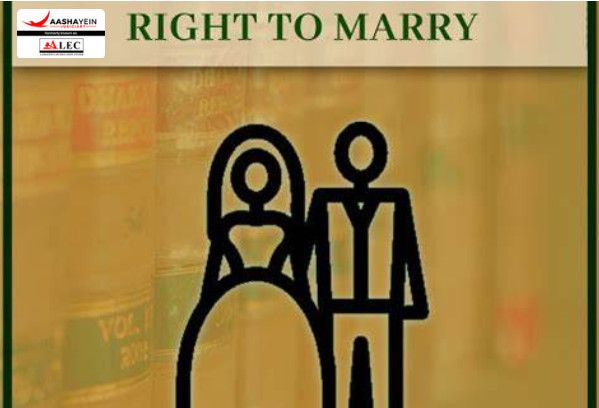The dispute arose when Lata, a postgraduate student, voluntarily married Bramha Nand Gupta, which angered her brothers as it was an inter-caste marriage. In retaliation, her brothers falsely accused her husband and his relatives of kidnapping, leading to their arrests and legal proceedings. Despite Lata affirming in court that she had married of her own free will, her brothers continued to pursue legal action, including obtaining warrants and filing a protest petition. Additionally, Lata and her husband’s family faced continuous harassment, threats, and property destruction at the hands of her brothers. These events caused significant distress, compelling the couple and their family to seek legal protection and relief from the authorities.
Issues:
The issue is whether a writ petition under Article 32 of the Indian Constitution, seeking a writ of certiorari or mandamus to quash Sessions Trial No. 1201 of 2001 (under Sections 366 and 368 of IPC) based on FIR No. 336 of 2000, is legally maintainable.
Arguments for Petitioner
In the case of Lata Singh v. State of Uttar Pradesh, the petitioner, Lata Singh, argued through her counsel that her marriage was entered into voluntarily and with full capacity, as she was a major and capable of making independent decisions. She contended that her fundamental right to marry a person of her choice was being unlawfully obstructed by her own siblings, who disapproved of the marriage.
Her counsel further asserted that her brothers had resorted to legal manipulation by falsely implicating her husband and his family in an abduction case, leading to their unlawful detention. It was emphasized that this was a deliberate attempt to coerce and intimidate Lata into abandoning her marital choice.
Additionally, the petitioner highlighted that she and her in-laws faced serious threats to their safety, yet the authorities had failed to take action against her brothers. Instead, the police continued to harass her husband’s family, despite her repeated affirmations that the marriage was consensual. The petitioner, therefore, sought intervention to protect her fundamental rights and ensure legal accountability for the wrongful acts committed against her and her husband’s family.
You can also read the Blog by visiting [Blog].
For more information, visit [Aashayein Enquiry Section]
Arguments for Respondent
In this case, the respondents argued that Lata Singh was mentally unfit and had been coerced into marriage. Her brother, acting on her behalf, claimed that her husband had kidnapped her and forced her into an involuntary marriage. The family contended that Lata’s consent was not valid due to her mental condition, making the marriage unlawful.
Furthermore, they alleged that Lata’s husband’s family had wrongfully confined her, which, in their view, justified criminal charges under Sections 366 and 368 of the Indian Penal Code (IPC), relating to kidnapping and wrongful confinement. On these grounds, they insisted that the marriage was illegal and demanded that legal proceedings continue against Lata’s husband and his relatives.
Analysis of the Court
In Lata Singh v. State of Uttar Pradesh, the Supreme Court strongly affirmed the legality of inter-caste marriages and emphasized that such unions are fully protected under Indian law, including the Hindu Marriage Act, 1955. The Court held that the right to marry a person of one's choice is a fundamental right under Article 21 of the Constitution, which guarantees the right to life and personal liberty. It condemned honor-based violence as barbaric and unlawful, stressing that any form of coercion, threats, or violence against couples in inter-caste marriages is a punishable offense. The Court also directed law enforcement agencies to ensure protection for individuals who exercise their right to marry outside their caste, reinforcing that any interference in such marriages is legally impermissible. The Hon’ble Supreme Court allowed the writ petition under Article 32 and quashed Sessions Trial No. 1201 of 2001 under Sections 366 and 368 IPC. The court directed the police to act against anyone harassing, threatening, or harming the petitioner, her husband, or his relatives, as per the law.
Conclusion
The Court, in this landmark judgment, strongly upheld the principles of individual liberty and equality while condemning caste-based discrimination and violence. It reaffirmed that adults have the fundamental right to choose their spouse without external interference, including from their families. The judgment also acknowledged the persistent influence of the caste system in India and highlighted the significance of inter-caste marriages in fostering social integration and breaking down caste barriers. Through this ruling, the Court reinforced the constitutional commitment to personal autonomy and social justice.

